After walking along the Path of Philosophy in the morning I took a bus to what turned out to be my favourite part of Kyoto that I visited during my trip. Daitoku-ji (大徳寺) is a temple complex which contains more than twenty sub-temples and some of the finest examples of Zen architecture and design in Japan, including gardens and tea ceremony rooms.
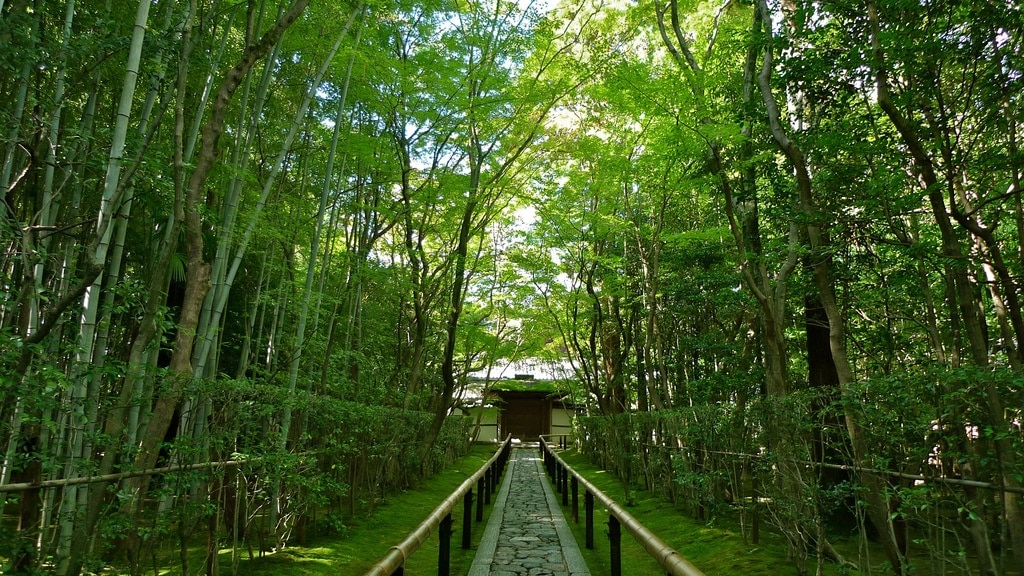
Walking through a quiet bamboo and maple-lined path I approached Koto-in; reputed to be one of the most beautiful sub-temples in the area.
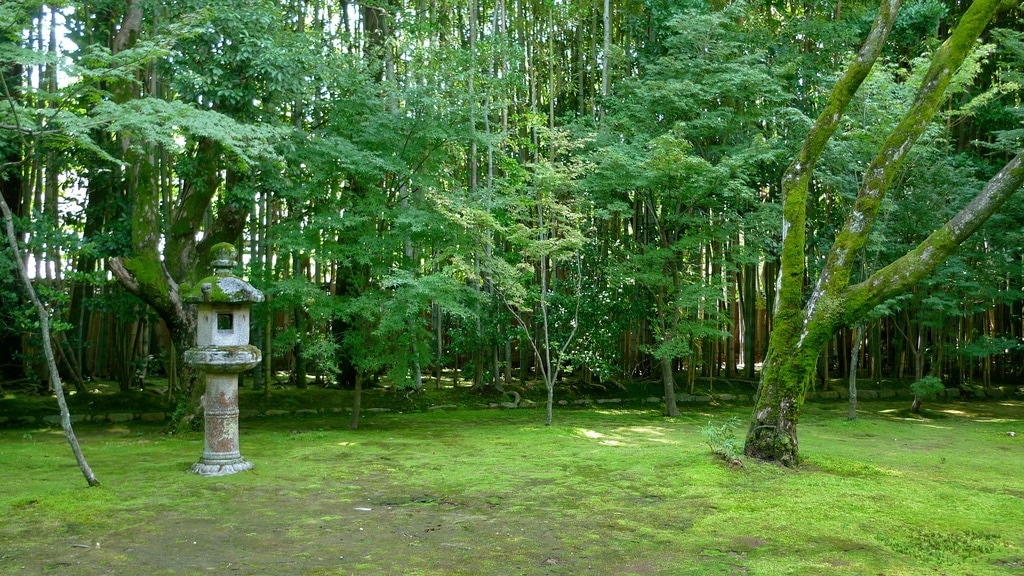
As I wrote this sitting on the temple veranda overlooking the beautiful garden within its confines all I could hear was the chatter of birds in the trees and the distant voices of school children playing somewhere nearby. Lush green trees and a bamboo grove stretched out in front of me with a mossy carpet at the base.
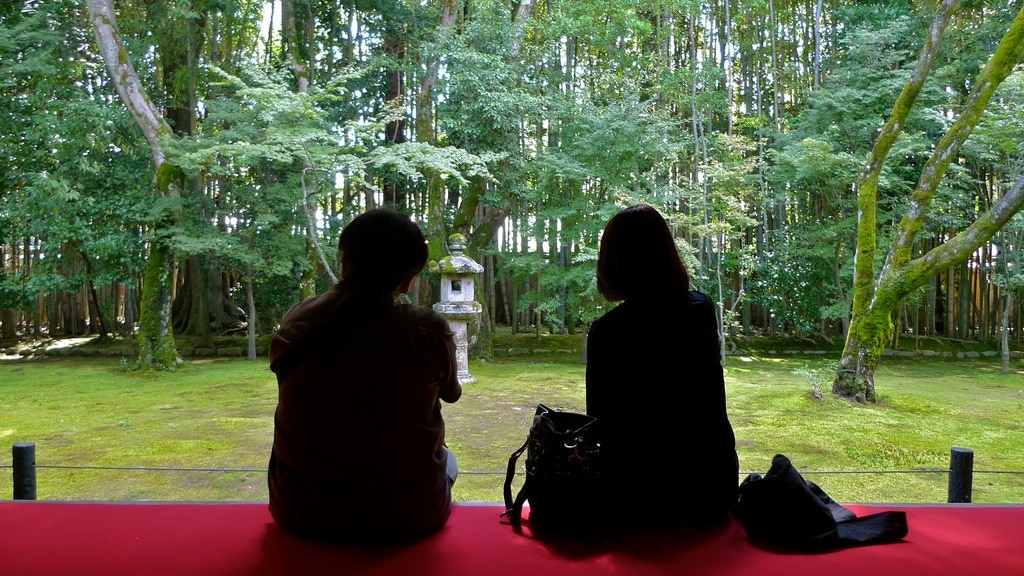
Two strangers sat beside me enjoying the peace and quiet in silent contemplation. The zen monks must have been onto something when they built this place as it’s simply divine.
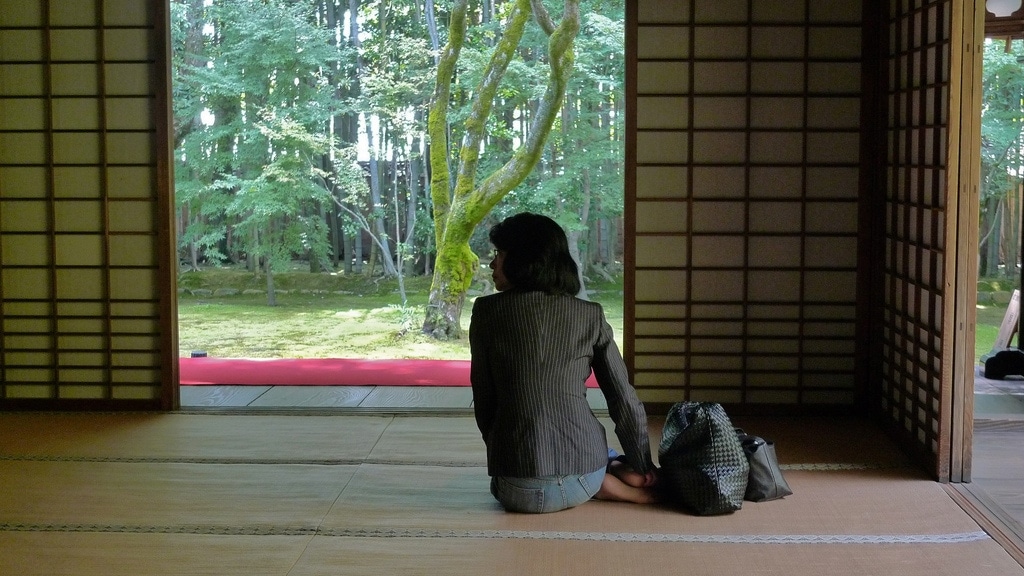
It felt almost blasphemous to be typing away on my iPad and snapping pictures in a place like this but its aesthetic (and dare I say spiritual) allure is undeniable. Using iA Writer for iPad feels almost zen-like in itself so I was feeling a bit better about it!
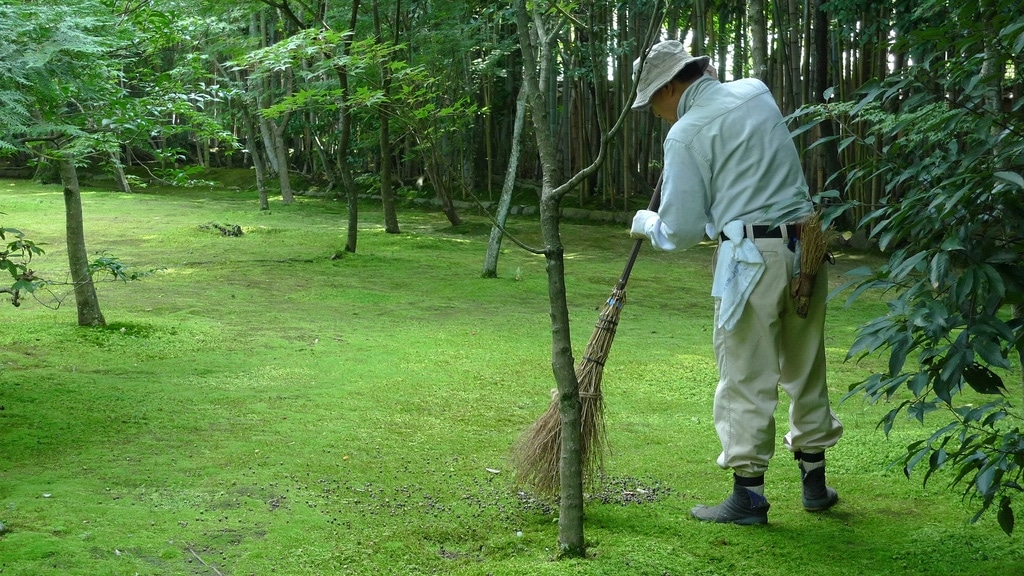
In one corner a groundskeeper was sweeping the moss with quiet precision and dedication which can only be found in Japan. In a place like this, I can’t think of a more pleasurable job.
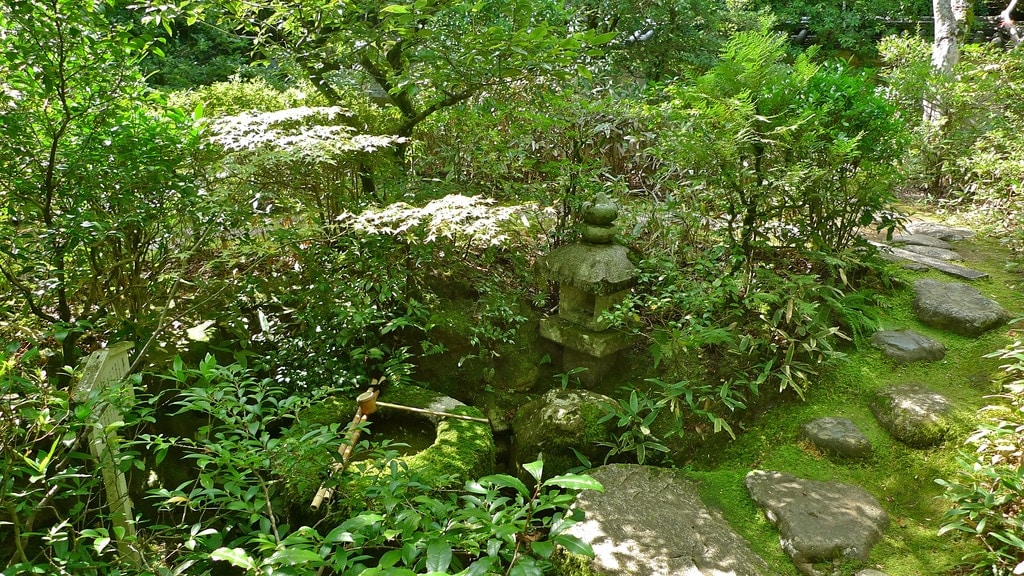
Despite its small size, the garden has been expertly crafted and around every corner, there are hidden gems nestled within the foliage. When the maple trees turn colour in late November it’s supposed to look spectacular.
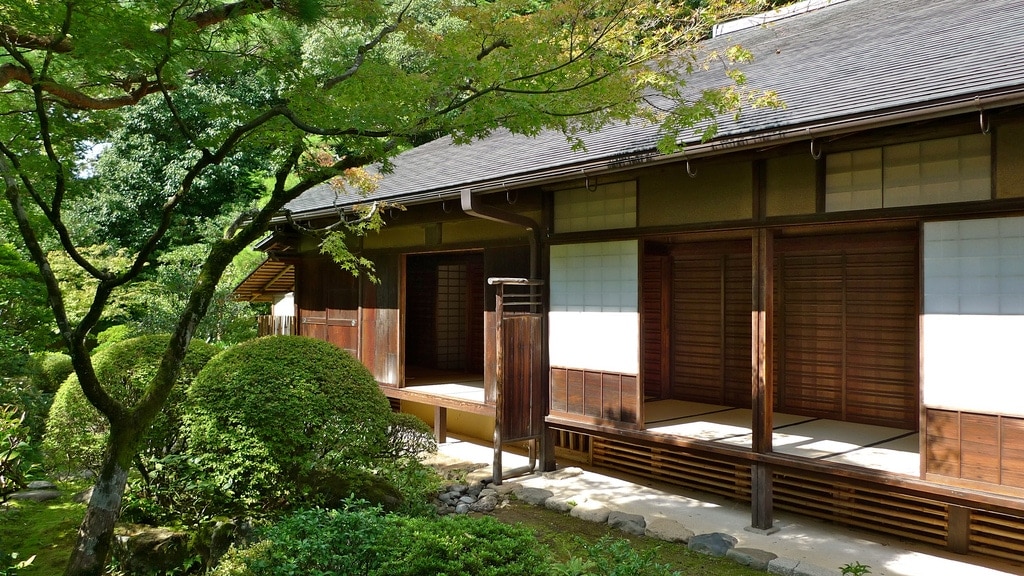
The essence of Zen is attempting to understand the meaning of life directly, without being misled by logical thought or language. Although not a Buddhist myself it’s easy to see how a place like this provides the perfect setting for entering a meditative state through which enlightenment can ultimately be obtained.

I fantasize about living in a place like this one day surrounded by peace, tranquillity and natural beauty removed from the distractions of modernity. I think I could quite happily sit here all day.

Inside the rooms are fairly sparse in keeping with the Japanese tradition of enabling a space to take on any function depending on the immediate requirements. Even the walls can be easily moved to reconfigure the layout.
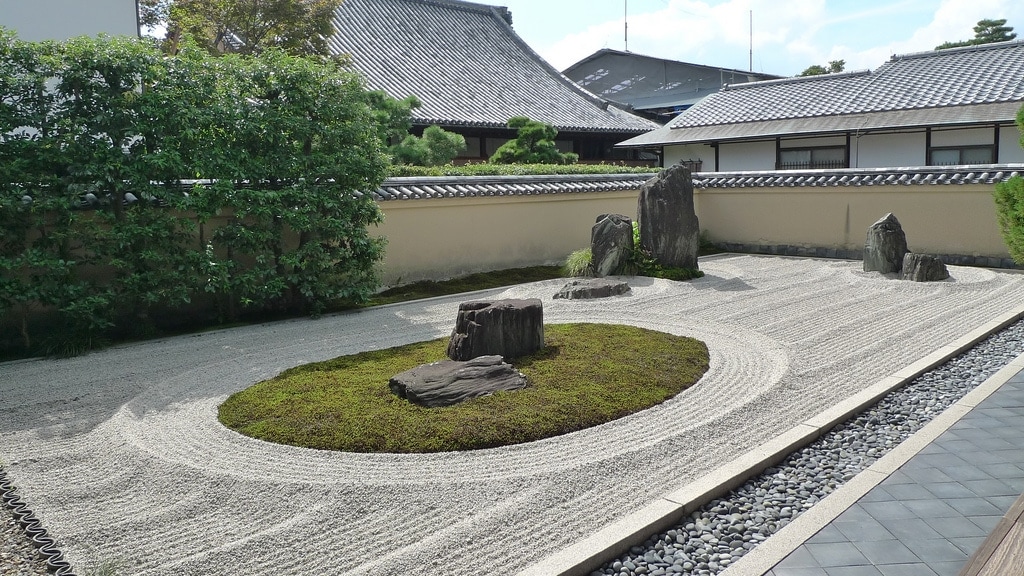
Within the same complex Ryogen-in (龍源院) sub-temple is renowned for its dry landscape gardens (枯山水) which were first constructed in 1502. This unique style makes symbolic representations of natural landscapes using stone arrangements, white sand, moss and pruned trees. The act of raking the gravel into a pattern recalling waves or rippling water has an aesthetic function and Zen priests practice this to help their concentration.
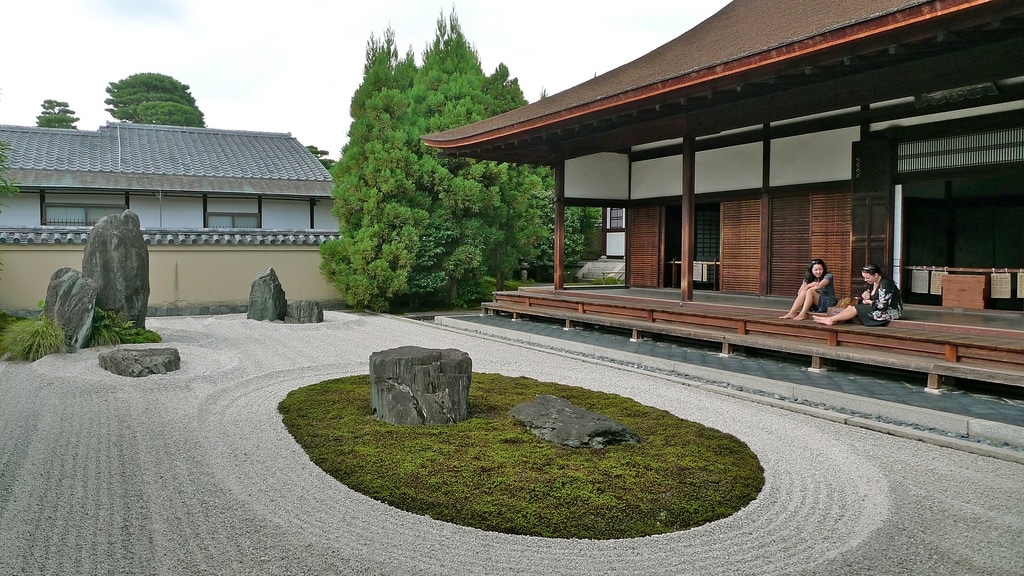
This particular garden is known as Isshidan and sits in front of Hojo building which is perfect for relaxed viewing. The rocks on the left represent a mountain while the ones in the middle represent an island, with the moss being land or forest.
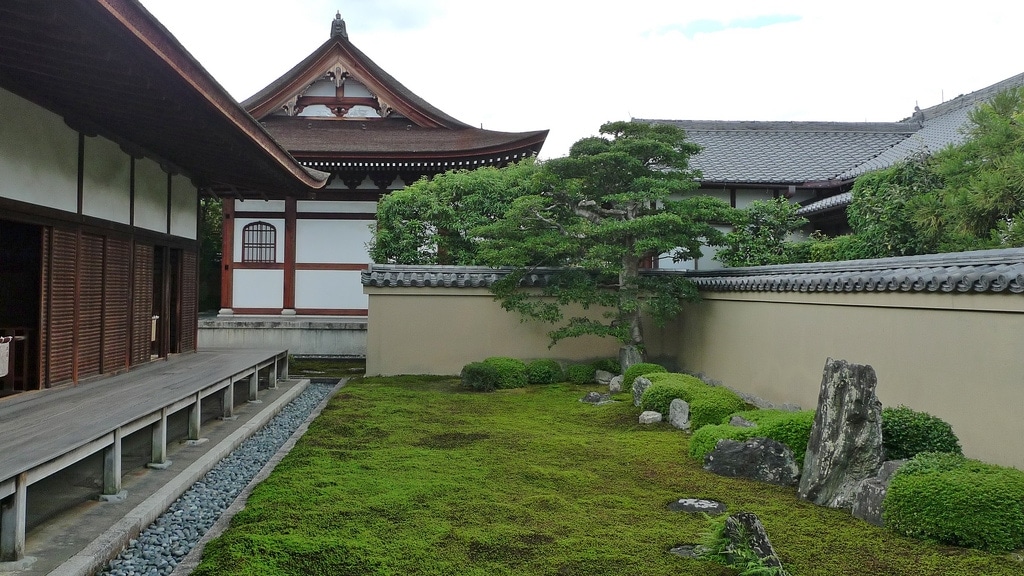
On the other side of the building, another ethereal garden made almost entirely from moss can be found. It is said to represent mountains rising from the sea, the biggest of which symbolises the centre of the universe.
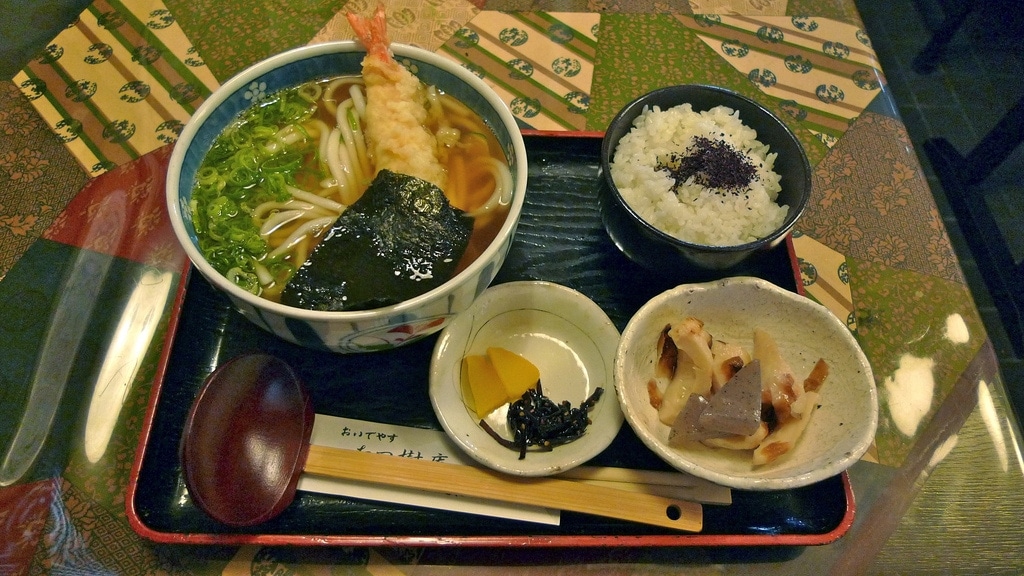
After slowly wandering through some of the many sub-temples it was almost time for me to head back to Tokyo but I had just enough time to grab a scrumptious and healthy lunch at one of the small restaurants opposite the main east entrance.
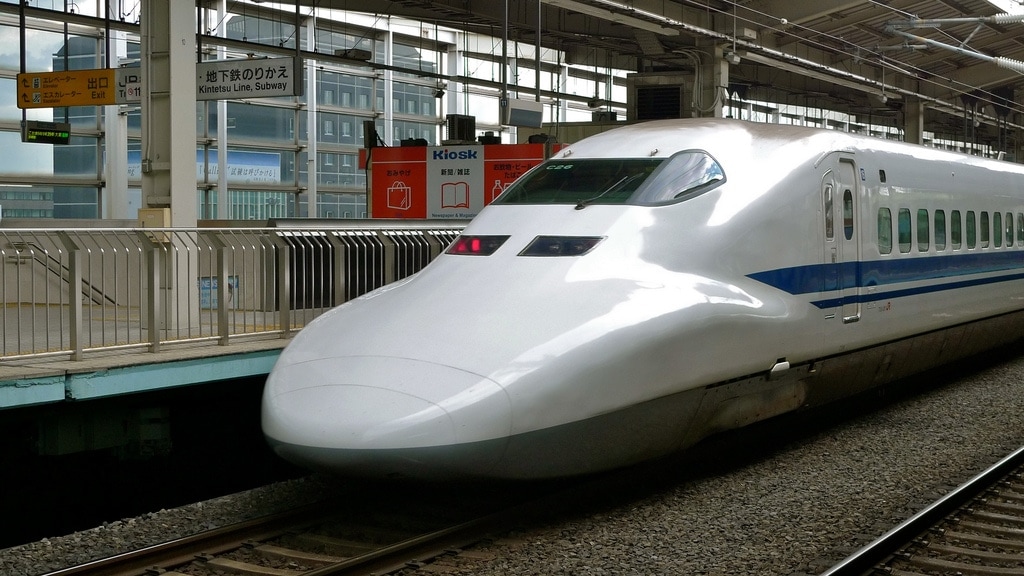
I then headed back to Kyoto Station and took the wonderfully fast and efficient Shinkansen bullet train back to Shinagawa Station in Tokyo. If ever there was a model of how a train system should be, this is it.
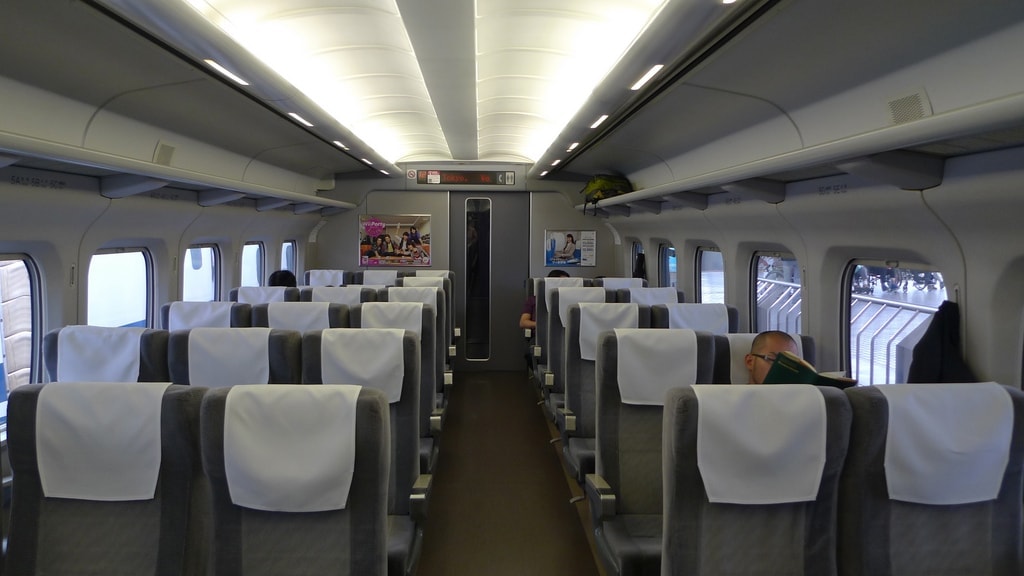
And so drew to a close my first trip to Japan but I can guarantee not the last. Despite the high cost of travel here you can still get around on a modest budget if you’re careful and for anyone who enjoys a mixture of megacities and the natural environment you’re spoilt for choice. I can’t wait to get back.

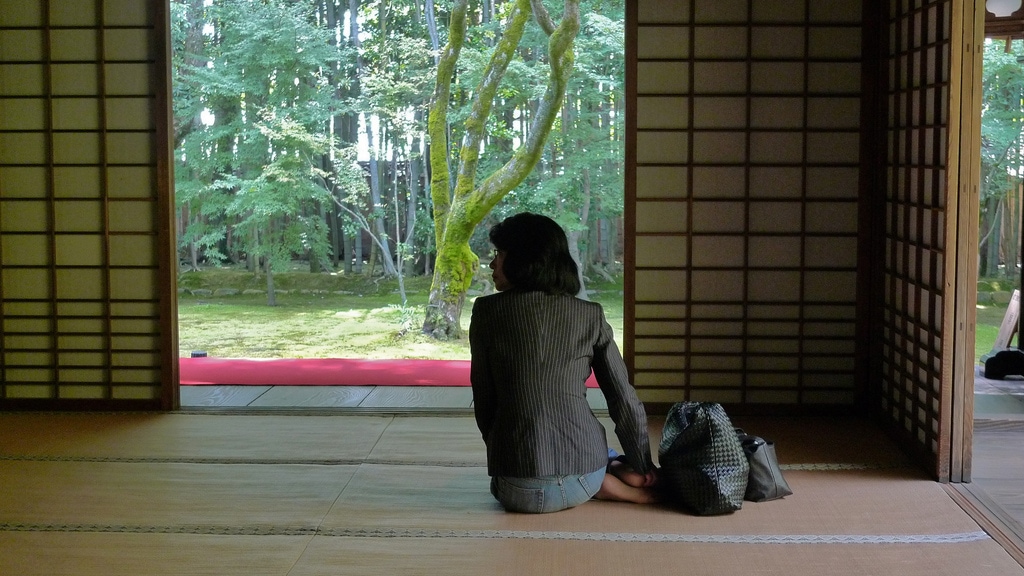
Reply